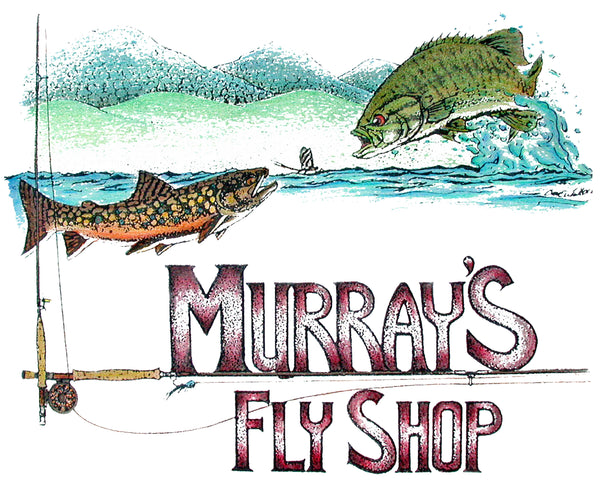Fly Fishing Critters for Smallmouth Bass
Fly Fishing Critters for Smallmouth Bass
by Harry W. Murray
Fly Fishing Critters for Smallmouth Bass covers a technique I use frequently. I’ll deviate from fly fishing standard minnow and nymph fly patterns in heavily fished rivers because I believe wise old bass can become fly-wise and refuse to take a fly they see over and over.
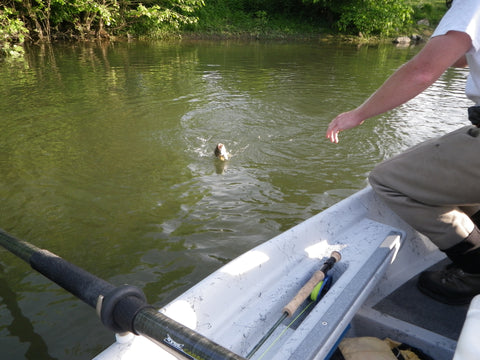
I also believe there are some, usually smaller, bass in our rivers that will take any fly you show them. Such was the case with the bass we named Dumb-Dumb that lived under a log in the river right in front of my friend’s cabin. I’m not talking about these bass that are easy to catch but rather about those which are hard to fool.
One critter to which I’m referring is the mouse. I had not thought much about fishing mice patterns until I was fishing a smallmouth lake in Canada and my guide told me a trick some of the lumber jacks used. They would tie a hook onto 200 feet of mono and tie the hook to the back of a live mouse. Then placing the mouse onto a brick-size chip of wood they would drift the chip out into the lake. Once it was far out from the bank they would jerk the mono and pull the mouse off the chip. On the tight line the mouse was pulled far enough from the chip so that he could not climb back onto it and he would swim for shore. My guide said the mice seldom made it to the bank before a large bass grabbed them and became hooked and finally landed.
When I started tying flies I developed a deer hair pattern my friends named Murray’s Homely Hair Mouse. I quickly found this was a very productive bug when fished with the swimming-action my guide had mentioned.
A very effective area to fly fish a deer hair floating mouse pattern is along the river banks around down falls. Frequently large oak trees along the river banks become undercut by flood waters and topple into the rivers. Tethered to the banks by their roots, these trees lying on the surface of the river become feeding areas and runways for the mice. Since these logs are often feeding stations for large bass you can imagine that like those mice swimming from the wood chip a mouse which falls into the river from the log will be quickly grabbed by a bass.
I like to drift my deer hair mouse right along the edge of these logs on the upstream side. If the log is fifteen feet long I wade or float to a spot forty feet upstream of it and at a twenty degree angle out in the river from it. Since the currents normally push the end of the log downstream at a slight angle I make my first cast to drop the mouse five feet up from the river end of the log so it lands within a foot of the log. To mimic the swimming action of the mouse I use a slow line hand twisting action. If I catch a bass before my mouse reaches the end of the log I quickly fight him out into the open part of the river, away from the log so he does not spook the log-area. This way I can often catch several other bass in that same area. Successive casts are made several feet further up the log toward the bank until the whole log is covered.

Several years ago the cobblestone dry river banks within twenty feet of many rivers in my area held great populations of small frogs. Many of these landed in the rivers and the bass grabbed them quickly. When I wade or float these areas I fish a deer hair frog such as a Messinger Frog size 10 or a Murray’s Frisky Frog size 4 along these banks. An effective kicking action can be imparted to these frogs by applying a sharp four inch line hand strip every ten seconds. Swim the frog out ten feet then pick it up and cast it to a new spot five feet further along the bank and impart the same action. Continue this tactic as long as you have the cobblestone banks.
Other areas which are productive with deer hair frogs are the aquatic grassbeds that grow along the river banks. If there is water hip deep to chest deep immediately beside these grassbeds you have a great feeding area for smallmouths. Wade or float forty feet out in the river from these grassbeds and cast your frog right against the grass. Let it lie still ten seconds then give it a four inch kick with your line hand and pause for another ten seconds. Continue this kick-pause-kick action to swim your frog out twenty feet. Move slowly down the river casting your frog to new spots every five to ten feet and you will catch many nice bass.
Smallmouth bass appear to love to feed on moths. I suspect the busy fluttering action they produce when they accidently fall into the river is too tempting for the bass to resist. Moths are very active at dusk and I’ve had some great action in the back eddies along the sides of the rivers. Any moths falling onto these slow Lazy Susans are carried around and around. They don’t last long because the bass can easily spot them and suck them in.
My favorite way to fish these back eddies is to wade down the main part of the river and cast a Murray’s Flying Hair Moth size 4 into the side of the eddy closest to the main part of the river. Induce a slow fluttering action with your line hand by stripping the Moth just an inch every two seconds. After fishing these closest parts of the back eddy thoroughly, lengthen your casts 3 feet on each successive cast until you have covered the whole eddy. When you hook a large bass here flight him out into the main part of the river so he does not spook the eddy. Often you can catch several fish from each eddy on your Flying Hair Moth.
Other areas which often provide excellent moth fishing at dusk are the river banks which are densely lined with large oak trees. Many moths fall from the overhanging tree limbs into the river where they are quickly taken by the bass. There is one stretch of the North Fork of the Shenandoah River close to my fly shop in Edinburg, VA where I’ll often spend the last two hours of the day fishing the river bank below a solid line of large oak trees.
Since moths cannot jump around very far on the surface of the river the same fluttering action I use in the back eddies if effective here…that is, strip it slowly on inch with your line hand every two seconds. Normally, the closer your can induce your Moth to float to the river bank the more bass you’ll catch. My favorite way to achieve this is to wade downstream forty feet out from the bank and cast my Flying Hair Moth down and across stream at a twenty degree angle so it lands a foot from the bank. In order to prevent the fast current from pulling the line and leader which would drag the moth away from the bank I mend the line upstream. This mend is made very gently in order to just make the moth come alive while not jerking it away from the bank. This mend will enable the moth to drift naturally five feet at which point I throw in another gentle upstream mend which lets the moth drift naturally another five feet. Usually three successive mends like this will give me fifteen feet of effective bug play at which point the current produces a strong dragging action on the leader and pulls the moth away from the bank. Here I wade down the river stopping every fifteen feet to repeat the same casting and mending motion to play the moth effectively along the bank. This tactic is so effective that I often cover over one hundred yards of the river with it.
When fishing deer hair bugs like these mice, frog, and moths I’ll often rub them well with silicone bug floatant to keep them floating high. After catching a dozen bass the bug may get waterlogged, at which point I bring it back and squeeze it out and redress it with silicone cream and go for another dozen bass.
I strongly recommend you try fishing critters for bass because not only is it very effective, but you feel like you’re dipping into you trout fishing tactics of matching the hatch.
-
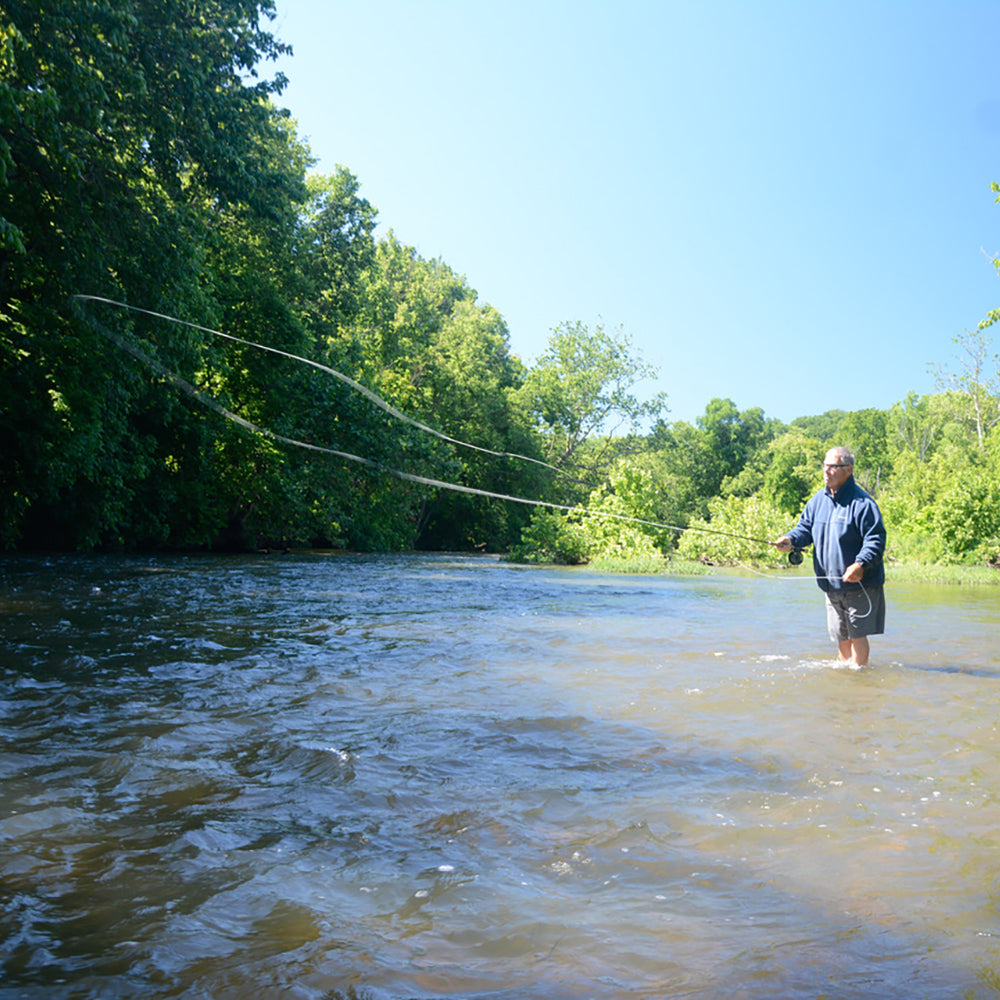
Learn Fly Fishing at Murray’s Fly Shop: Classes, Workshops & Schools
Welcome to Murray’s Fly Shop – Your Fly Fishing Learning Hub At...
-
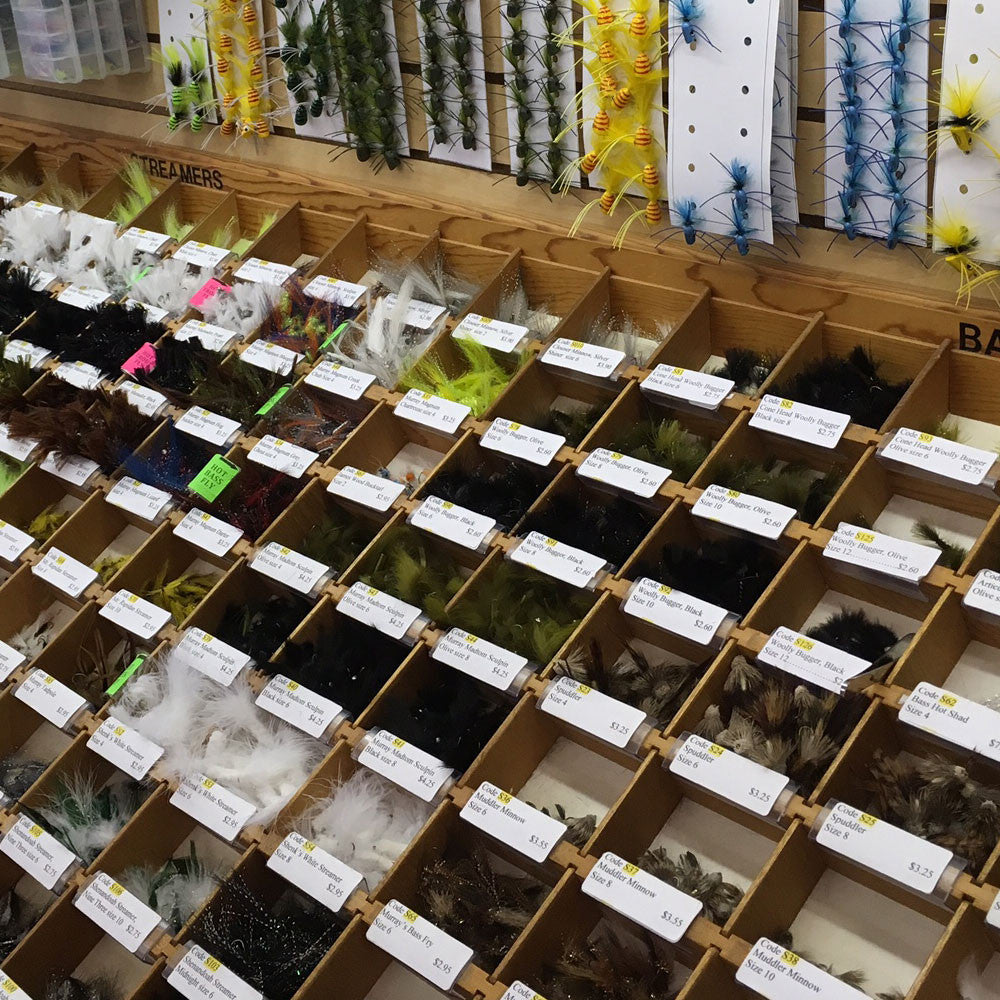
Featured Flies of the Month
Harry Murray's recommended fly list for this time of the year. (February...
-
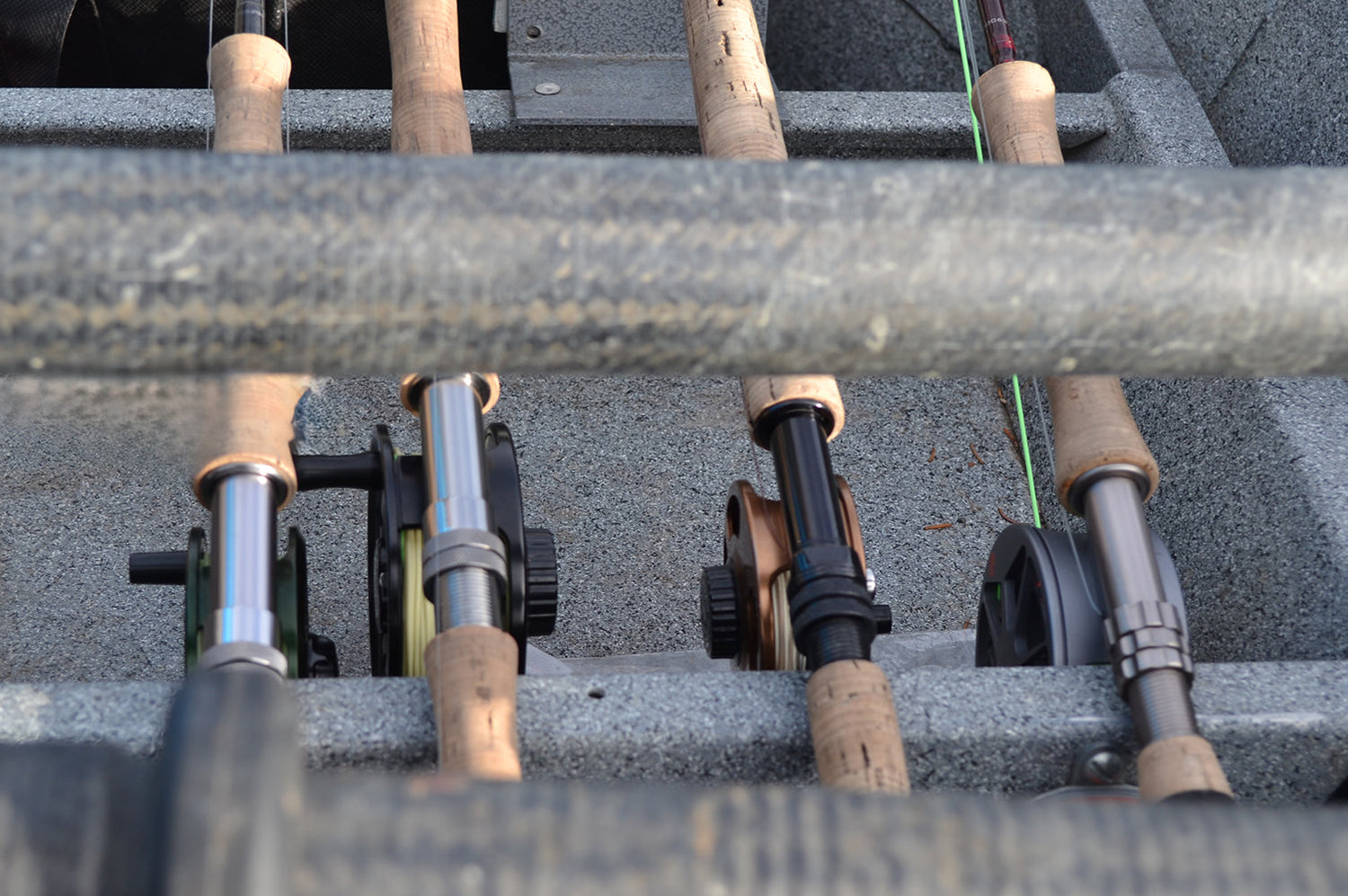
Fly Fishing Rod Outfits
Fly Fishing Rod and Reel Outfits for Smallmouth Bass fly fishing, Trout...
